When I ask my clients who they would like to connect with to help them get a job in their target companies, the standard answer is almost always “Human Resources.” Job seekers tend to believe that the Human Resources (HR) staff make the final hiring decisions or are, at least, in the best position to influence hiring final decisions. This results in cover letters often being addressed to HR staff and LinkedIn connection requests being sent to them.
HR managers receive a huge number of calls, emails and LinkedIn requests daily from people trying to get employment opportunities in their companies. Job seekers might be surprised to learn that it is exceedingly rare for HR staff to be able or willing to influence hiring decisions. In most medium to large-sized companies, the final decision regarding who to hire is not made by HR managers. Most decisions such as these are made by heads of departments or team leads.
What does this mean for the average job seeker? If you are going to address your cover letter to a particular person, you might want to figure out exactly who they are. If that isn’t possible, then use the title mentioned in the job posting. If that is not available, then address the letter to “the hiring manager.”
For networking purposes, the most useful contacts are not necessarily those who make the final hiring decision, because those people are often particularly cautious about not being seen as applying any personal influence on hiring choices. Of course, if you personally know a hiring person well, and you know that they know and respect your work, of course you should approach them. For the rest of us, if you do not know the hiring manager, you may have greater success if you are referred to that person by someone who does know them. Very often, that is the person who does the same kind of job for which you are applying, such as a potential team member. For example, if you are applying for a social worker position, you might have much greater success at getting referred to the hiring manager if you connect with other social workers on the team.
Use LinkedIn to seek out people in your field who do the work that you want to do in your target companies. Connect with them and join LinkedIn groups in which they participate. Initiate conversations with them online, or even better, arrange to meet with them in person for a short information interview. Make a point of connecting with as many potential team members as possible. These contacts are, by far, the most useful sources of employment opportunities.
A referral from a potential colleague can be a very effective way to influence a hiring decision. If you are able to establish strong ties to them, you will find that when job opportunities do finally come up in their companies, you will have the most influential people on your side. They might think of you when employment opportunities come up, and even be willing to reach out to the hiring manager on your behalf.



Leave a Reply